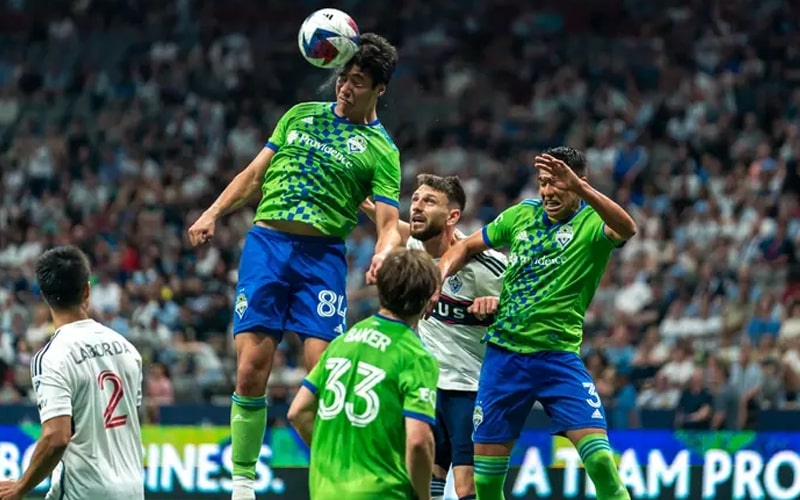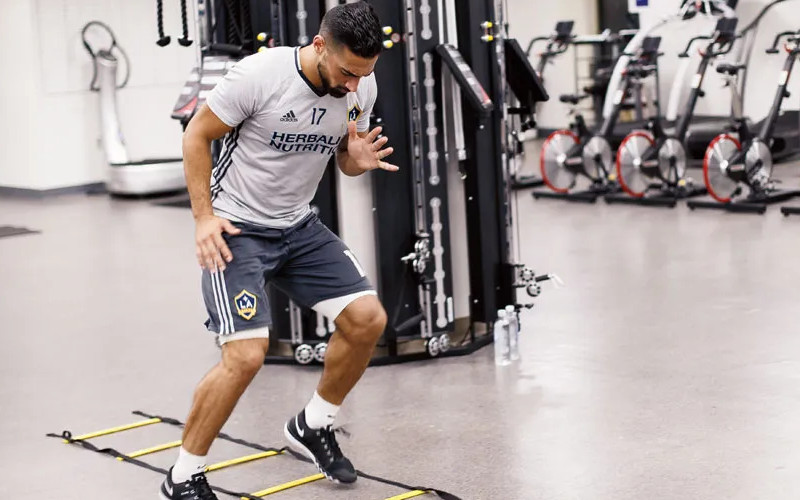Soccer is woven into the cultural fabric of Europe in a way that Major League Soccer in North America has yet to achieve. The top leagues in England, Spain, Italy, Germany and France have over a century head start in popularity and prestige over MLS.
Can MLS realistically grow into a globally elite league on the same level as the Premier League and La Liga? There are major challenges, but also reasons for optimism if the right strategies are executed. Let’s analyze the soccer culture in Europe versus MLS.
England
As the birthplace of modern soccer, England has a fanatical obsession with the sport dating back to its 19th century working class roots. The Premier League’s billionaire-fueled growth has made it the most watched league worldwide. Soccer is ingrained in English culture from youth levels up. MLS is still competing for attention against America’s native Big 3 sports of football, basketball and baseball. Cracking their dominance is MLS’s toughest hill to climb.
Spain
Clubs like Real Madrid and Barcelona are soccer institutions that represent deep political and cultural identities within Spanish regions. El Clasico matches encapsulate national tensions. La Liga markets its teams masterfully to huge global audiences. For MLS clubs to inspire similar passion, they need deeper local bonds.
Italy
Italian clubs like Juventus and Inter Milan have been central pillars of community identity for generations. Serie A matches unfold in front of massive, fervent crowds. But a reliance on imported stars versus homegrown talent development has hampered growth recently. MLS must nurture youth academies and local supporters’ groups to forge tight community bonds.
Germany
Germany’s soccer culture emphasizes affordable tickets, supporter ownership and youth development. This has fostered intensely passionate local followers and consistent on-field success for the Bundesliga. MLS clubs should aim to replicate the electric matchday atmosphere in German stadiums.
France
Lately, elite superstars at Paris Saint-Germain have elevated Ligue 1’s profile and quality of play. But France previously lacked Germany and England’s roots. Investment in youth development at Clairefontaine helped spawn a golden generation of French talent. MLS requires similar grassroots programs to create world-class domestic stars.
Challenges for MLS
Europe’s 100+ year head start provides huge advantages that won’t disappear overnight. America’s demographics are shifting towards soccer, but MLS remains a distant fourth sport nationally. Promotion of the game at the youth level is critical for long-term growth.
MLS clubs lack multi-generational local identity and support. Teams must ingrain themselves as community pillars. Football-style supporters’ groups can organically grow atmosphere and passion.
While progress has been made, MLS is still not yet producing or retaining enough elite domestic talent. Continued investment and improvement in youth development is essential to foster world-class American stars.
Reasons for Optimism
Attendance and finances have grown steadily in MLS, showcasing increasing popularity. New soccer-specific stadiums emphasize supporter culture and electrifying gameday environments.
Homegrown player development pipelines are maturing, evidenced by the rise of talents like McKennie, Adams and Reyna. MLS academies must keep pace with top-notch European ones.
Lucrative TV deals and influx of big-name imports like Zlatan and Rooney have boosted MLS’s global profile. North America’s untapped soccer market presents huge room for growth.
Player Development Differences
European clubs like Barcelona, Ajax and Bayern Munich are famous for their youth academies that develop talented players from a young age. Top prospects join these academies as teenagers and progress to the senior team.
MLS clubs are still building out their development infrastructure. The LA Galaxy and FC Dallas have invested heavily in academies and seen progress. But most young American stars still feel the fastest path is developing at European clubs, where competition for places is fiercer.
The European model of singling out elite prospects at a young age for specialized intensive training tends to develop more creative attacking talents. The American model of high school and college soccer focuses more on athleticism over technique. To compete with the world’s best leagues, MLS needs to accelerate the improvement of its youth academies.
Media and Matchday Differences
European clubs derive huge revenue from broadcast rights, with the Premier League leading the way. Matches are accessible worldwide. MLS has much smaller media deals currently and lacks extensive global reach.
In Europe, stadium atmosphere features constant singing, chanting and drumming from tightly packed vocal supporters groups. MLS has supporters sections, but much of the crowd is still families and casual fans more akin to the other American sports. Matchday revenue in MLS remains driven more by tickets sales than media revenue, a reverse of Europe’s model.
As the media profile expands, MLS will need to convert casual fans into diehard supporters who create legendary matchday environments to attract the next generation.
Perception Differences
Soccer remains a niche sport in American mainstream sports media coverage and culture. ESPN’s SportsCenter rarely shows MLS highlights. The biggest MLS stars are anonymous compared to household names like Messi and Ronaldo abroad.
Abroad, MLS is viewed as a growing league but still a clear step below the top European circuits. It has shed its label as a retirement league, but perceptions take time to change. MLS clubs struggle to keep or attract stars entering their prime because the quality of competition is not yet seen as elite.
Both domestic mainstream casual fans and international soccer fans need to view MLS as a top destination for the world’s best players for it to reach the heights of Europe’s titans.
Ownership Models
Most major European clubs are member-owned or have significant fan ownership involvement. This helps keep clubs tied to supporters and the community. Teams can’t uproot or drastically change identities.
MLS operates on a North American franchise model with owners acting as investors seeking returns. Clubs can relocate cities with league approval. There is less multi-generational identity rooted in communities.
While the franchise model provides certain efficiencies, MLS may need to consider mechanisms for increasing fan ownership stakes. This would further solidify clubs as permanent local institutions. Supporters trusts gaining a voice and ownership share could be one viable path forward.
Global Appeal
Top stars from South America, Africa and Asia dream of playing in the Premier League or La Liga from a young age. The global reach makes players aspire to reach the heights of those leagues.
MLS does not yet have that international cachet. It is still building its reputation abroad. The best young Americans still almost always aim for Europe first before considering MLS.
If MLS clubs can consistently attract and retain young foreign stars entering their prime, it would represent a major shift in perception. America’s geographic location, diverse culture and media influence could ultimately give MLS global appeal comparable to the big European leagues.
Conclusion
In summary, while MLS faces an uphill climb due to Europe’s deeply embedded history and culture around soccer, there are proven strategies they can execute over the long-term to substantially grow in prominence globally. America’s diversity, resources and youth participation provide a strong base. If MLS can convert young athletes into soccer, develop world-class domestic talent, build iconic clubs with generational support, and attract foreign stars, it can achieve its lofty ambitions. Catching up completely with hallowed global institutions like Real Madrid remains the stretch goal, but becoming a top 10 global league is within reach.




